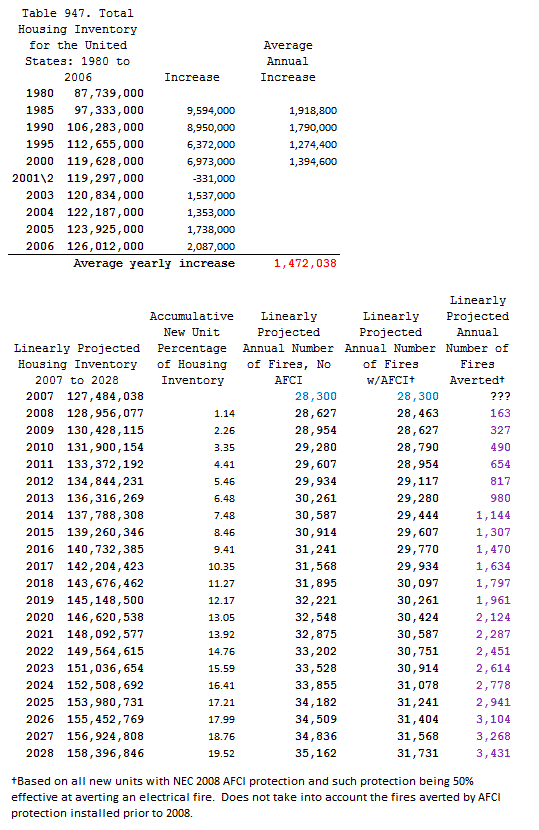We have been on the '08 for Commercial projects since 01/01/08, but we did the flip-flop for Residential. . We were '08 from Jan to March, then back to '05 for the rest of the year.
The latest for Residential is that the OBBS ad hoc committee is recommending adoption of '08 NEC [without amendments] starting 01/01/09. . The news media have been critial of Governor Strickland for flopping back to '05 so I think there's little doubt that the OBBS will follow the ad hoc committees recommendation.
We're assuming we'll be on '08 for Residential starting in Jan
Check out this link
http://wrdiaei.org/NEWS.html
The latest for Residential is that the OBBS ad hoc committee is recommending adoption of '08 NEC [without amendments] starting 01/01/09. . The news media have been critial of Governor Strickland for flopping back to '05 so I think there's little doubt that the OBBS will follow the ad hoc committees recommendation.
We're assuming we'll be on '08 for Residential starting in Jan
Check out this link
http://wrdiaei.org/NEWS.html


